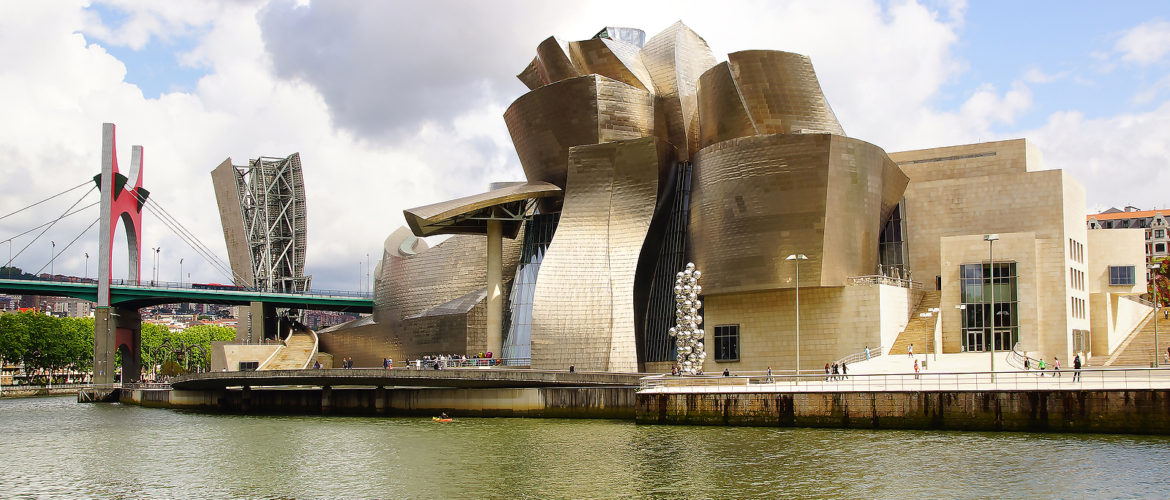Transformative Architecture: Impact of the Guggenheim Museum Bilbao

Art can transform spaces and change their destinies, and the case of Bilbao is a perfect example of this observation. This Spanish city was nothing more than an ordinary urban center with signs of decline in the 1990s. However, it underwent a grand cultural transformation due to the emergence of the Guggenheim Museum Bilbao, a groundbreaking architectural project that catalyzed urban regeneration and economic growth, fostering the region’s cultural revival.
Bilbao Before the Guggenheim Museum
The Museum opened in Bilbao in 1997, ushering in a new era for the city, region, and community. Before that event, Bilbao was a sad example of urban decay, with the remnants of the former industrial might of steelmaking and shipbuilding giants. At the moment of museum planning, over 25% of local residents were unemployed, and the local environment showed evident signs of ecological degradation because of long-term industrial effects.
The new Guggenheim Museum rose against the backdrop of a polluted river, depressive factory and warehouse landscapes, and high levels of criminality in the city center. Bilbao at that time was grimy and industrial, with literally no tourist destinations or other sources of economic development.
Transformative Design by Frank Gehry
Bilbao’s renewal plan was born in the early 1990s as one of the ambitious urban renewal plans by the Basque authorities. The local government established a partnership with the Solomon R. Guggenheim Foundation and commissioned the famous deconstructivist architect Frank Gehry to create the project. The proposed design was amazing in all aspects. However, while a swirling mass of curved titanium panels looked impossible, it faced much controversy at first. The project’s budget was $100 million, which also caused a lot of disagreement and protest among local investors. Despite this, the grand opening of the Museum in 1997 proved that the project was worth the effort and money, as it immediately captured global attention and made Bilbao a local attraction.
The “Bilbao Effect” of the Museum’s Architecture
Though the Museum’s architectural design initially looked unrealistic, its purpose went far beyond cutting-edge aesthetics. Gehry made its architecture functional and symbolic, with fluid forms perfectly integrated with the riverfront and the titanium panels symbolizing Bilbao’s transition from urban decay to cultural renewal. Gehry also confided that his purpose was to reflect the soul of Bilbao and push the boundaries of the city’s perception among international audiences.
At present, the Bilbao museum remains a cultural and tourist magnet, along with the New York museum, due to its iconic architecture. Thanks to it, tourism quickly expanded in the city, with millions of visitors flocking to Bilbao to explore an unusual contemporary art object.
